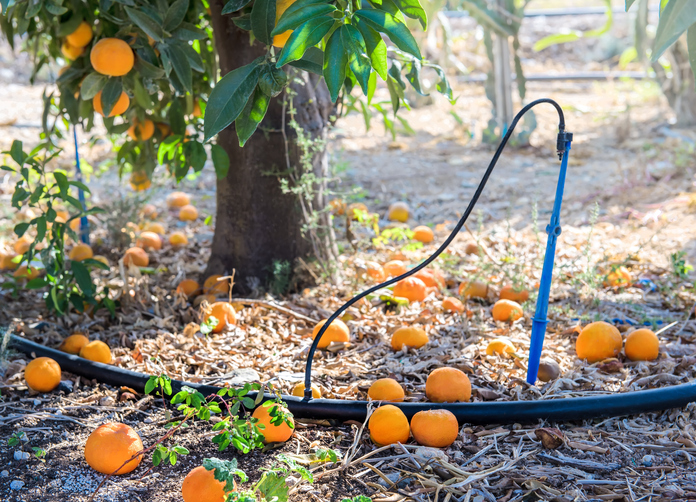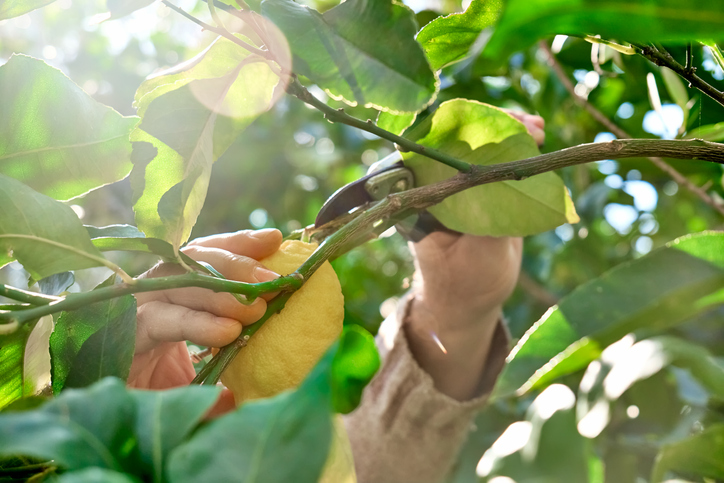Citrus trees are a popular choice for backyard gardens and orchards. Not only do they produce delicious and nutritious fruit, but they also provide aesthetic appeal with their vibrant green leaves and fragrant flowers. However, planting and growing citrus trees can be tricky, and there are certain things that should be avoided to ensure their health and productivity. In this blog post, we will explore 5 things to avoid when planting citrus trees.
Planting in the Wrong Soil
Avoid planting citrus trees in heavy clay soils or soils with poor drainage. These soils can cause water to accumulate around the roots, leading to root rot and other fungal diseases. Additionally, avoid planting citrus trees in sandy soils that do not retain water well. These soils can cause the tree to dry out quickly, especially during hot, dry weather.
To ensure that your citrus tree has the right soil conditions, consider adding organic matter like compost or peat moss to the soil before planting. This will help to improve soil structure, water retention, and nutrient availability.
Overwatering

Citrus trees require consistent watering, especially during the growing season. However, overwatering can be detrimental to the tree’s health, leading to root rot and other fungal diseases. Overwatering can can suffocate the roots and inhibit the tree’s ability to absorb nutrients.
To avoid overwatering, it is important to water the tree deeply but infrequently. This means watering the tree once or twice a week, depending on the weather and soil conditions. When watering, ensure that the water reaches the roots, rather than just wetting the surface of the soil. You can do this by watering slowly and deeply or by using a drip irrigation system.
In addition to proper watering, ensure that the tree has good drainage by planting it in well-drained soil and avoiding planting in low-lying areas that are prone to flooding.
Planting Too Deep
Planting a citrus tree too deep can cause the tree to develop root rot and other fungal diseases. When planting, it is important to ensure that the tree’s root ball is level with the surrounding soil.
To ensure that you are planting your citrus tree at the correct depth, dig a hole that is slightly wider than the root ball and the same depth. Gently place the tree in the hole, ensuring that the top of the root ball is level with the surrounding soil. Backfill the hole with soil, pressing it firmly around the base of the tree.
Pruning Too Much

Pruning is an essential part of maintaining a healthy citrus tree, but over-pruning can be detrimental to the tree’s health and productivity. Pruning too much can remove too many leaves, reducing the tree’s ability to photosynthesize and produce fruit. It can also make the tree more susceptible to sunburn and wind damage.
When pruning your citrus tree, focus on removing dead or damaged branches, as well as any branches that are crossing or rubbing against each other. Avoid removing more than 20% of the tree’s foliage in one pruning session, as this can cause stress and inhibit the tree’s growth.
Failing to Control Pests and Diseases
Citrus trees are susceptible to a variety of pests and diseases, including aphids, scale insects, citrus greening, and citrus canker. Failing to control these pests and diseases can cause significant damage to the tree and reduce its productivity.
To avoid pest and disease problems, it is important to monitor your tree regularly for signs of infestation or infection. This includes looking for yellowing leaves, distorted growth, and unusual markings on the leaves or fruit.
If you notice any signs of pests or diseases, take action immediately. This may involve using natural or chemical treatments to control the infestation or infection. Additionally, ensure that your tree is well-fertilized and receives appropriate pruning and watering to help it resist pests and diseases.
Conclusion
Growing citrus trees can be a rewarding experience, but it requires careful attention to detail to ensure the tree’s health and productivity. By avoiding these 5 common mistakes when planting citrus trees, you can help to ensure that your tree thrives and produces bountiful, delicious fruit. Remember to plant in the right soil, water deeply but infrequently, plant at the correct depth, prune appropriately, and control pests and diseases. With these tips in mind, you can enjoy the benefits of growing your own citrus trees for years to come.

